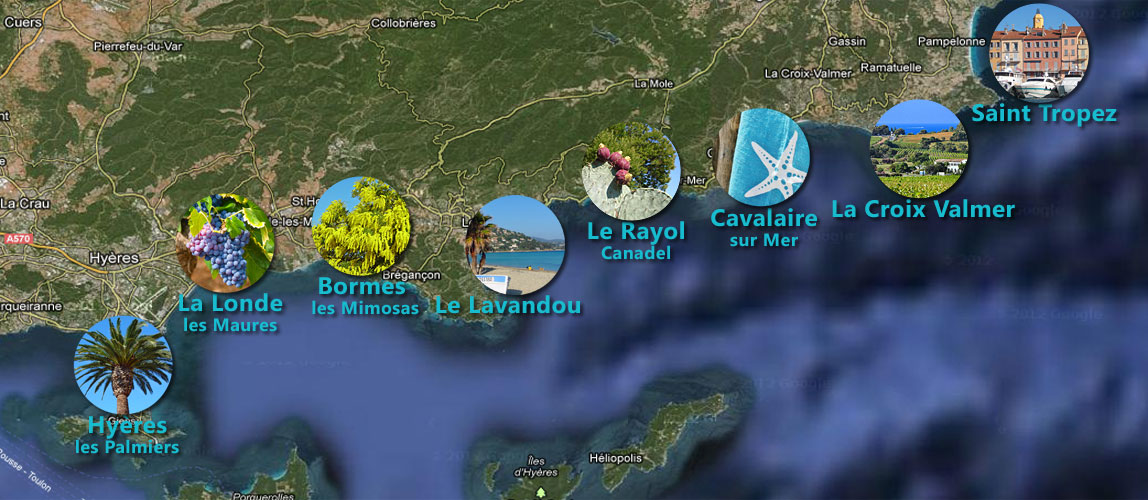After studying at the Ghent Academy of Fine Arts and at the Brussels Academy, around 1886-1887 Théo van Rysselberghe discovered the works of Georges Seurat in the company of Émile Verhaeren. 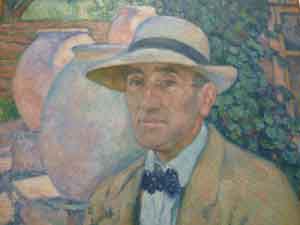 A friend of Octave Maus, in 1883 he was one of the founding members of the Brussels avant-garde group called “Les XX”. At the end of the 19th century, the pointillism of his paintings gave way to a composition with large elongated brushstrokes. Like Georges Seurat and Paul Signac he made many seascapes. He paints various portraits which he dedicates above all to his friends, such as that of Alice Sèthe. The latter highlights the furniture, painted with precision, which contrasts with the desire for synthesis typical of the French pointillists. His characters do not have the "hieratic" aspect of Seurat's. In addition to post-impressionism, the painter will be influenced by Japanism, with a particular fondness for Hiroshige. His maritime landscapes are simplified, and contrast with the luxury of the portrait details. Théo van Rysselberghe also painted a good number of female nude groups, which were his favorite subjects from 1910 onwards: “L'heure embrasée” (1897), “Baigneuse autour d'un rocher” (1910), “Baigneuses à Cavalière” (1910) A friend of Octave Maus, in 1883 he was one of the founding members of the Brussels avant-garde group called “Les XX”. At the end of the 19th century, the pointillism of his paintings gave way to a composition with large elongated brushstrokes. Like Georges Seurat and Paul Signac he made many seascapes. He paints various portraits which he dedicates above all to his friends, such as that of Alice Sèthe. The latter highlights the furniture, painted with precision, which contrasts with the desire for synthesis typical of the French pointillists. His characters do not have the "hieratic" aspect of Seurat's. In addition to post-impressionism, the painter will be influenced by Japanism, with a particular fondness for Hiroshige. His maritime landscapes are simplified, and contrast with the luxury of the portrait details. Théo van Rysselberghe also painted a good number of female nude groups, which were his favorite subjects from 1910 onwards: “L'heure embrasée” (1897), “Baigneuse autour d'un rocher” (1910), “Baigneuses à Cavalière” (1910)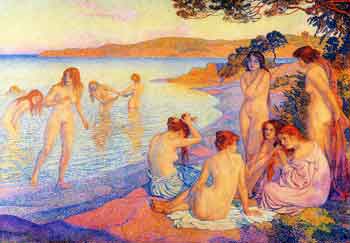 . But he also painted solitary nudes, such as “Nageuse au repos” (1922) and “L'Ablution ou Vénus accroupie” (1922). These works appear devoid of erotic intentions, at least this is what the writer André Gide thinks who defines them as "hygienic nudes". This period coincides with the transition from the phase of post-impressionist influence to that of a newfound classicism. Théo van Rysselberghe was also an illustrator and decorator of books, such as the collection "The Almanac" by Émile Verhaeren, from 1895, in which he designed ornaments, arabesques and illustrations of the texts. In the same way, he decorated exhibition catalogs of the "Les XX" group. Around the end of the 19th century, he settled permanently in Le Lavandou to return to a certain form of classicism. His villa-workshop is an important element of the architectural identity and culture of le Lavandou, and fits into a broader context linked to the arrival after the end of the 19th century, in Provence and in particular in le Lavandou, of many artists and intellectuals, who contributed to the development of a new cultural identity of the region and to its fame abroad.The importance of this area is evidenced through its architecture on the one hand “Baigneuses à Cavalière” (1910).But he also painted solitary nudes, such as “Nageuse au repos” (1922) and “L'Ablution ou Vénus accroupie” (1922). These works appear devoid of erotic intentions, at least this is what the writer André Gide thinks who defines them as "hygienic nudes". This period coincides with the transition from the phase of post-impressionist influence to that of a newfound classicism. Théo van Rysselberghe was also an illustrator and decorator of books, such as the collection "The Almanac" by Émile Verhaeren, from 1895, in which he designed ornaments, arabesques and illustrations of the texts. In the same way, he decorated exhibition catalogs of the "Les XX" group. Around the end of the 19th century, he settled permanently in Le Lavandou to return to a certain form of classicism. . But he also painted solitary nudes, such as “Nageuse au repos” (1922) and “L'Ablution ou Vénus accroupie” (1922). These works appear devoid of erotic intentions, at least this is what the writer André Gide thinks who defines them as "hygienic nudes". This period coincides with the transition from the phase of post-impressionist influence to that of a newfound classicism. Théo van Rysselberghe was also an illustrator and decorator of books, such as the collection "The Almanac" by Émile Verhaeren, from 1895, in which he designed ornaments, arabesques and illustrations of the texts. In the same way, he decorated exhibition catalogs of the "Les XX" group. Around the end of the 19th century, he settled permanently in Le Lavandou to return to a certain form of classicism. His villa-workshop is an important element of the architectural identity and culture of le Lavandou, and fits into a broader context linked to the arrival after the end of the 19th century, in Provence and in particular in le Lavandou, of many artists and intellectuals, who contributed to the development of a new cultural identity of the region and to its fame abroad.The importance of this area is evidenced through its architecture on the one hand “Baigneuses à Cavalière” (1910).But he also painted solitary nudes, such as “Nageuse au repos” (1922) and “L'Ablution ou Vénus accroupie” (1922). These works appear devoid of erotic intentions, at least this is what the writer André Gide thinks who defines them as "hygienic nudes". This period coincides with the transition from the phase of post-impressionist influence to that of a newfound classicism. Théo van Rysselberghe was also an illustrator and decorator of books, such as the collection "The Almanac" by Émile Verhaeren, from 1895, in which he designed ornaments, arabesques and illustrations of the texts. In the same way, he decorated exhibition catalogs of the "Les XX" group. Around the end of the 19th century, he settled permanently in Le Lavandou to return to a certain form of classicism. 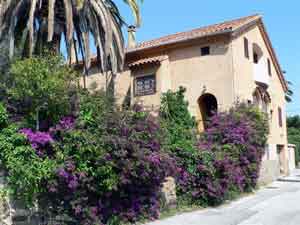 His villa-workshop is an important element of the architectural identity and culture of le Lavandou, and fits into a broader context linked to the arrival after the end of the 19th century, in Provence and in particular in le Lavandou, of many artists and intellectuals,who contributed to the development of a new cultural identity of the region and its fame abroad.The importance of this area is evident through its architecture on the one hand - whether it is holiday resorts, His villa-workshop is an important element of the architectural identity and culture of le Lavandou, and fits into a broader context linked to the arrival after the end of the 19th century, in Provence and in particular in le Lavandou, of many artists and intellectuals,who contributed to the development of a new cultural identity of the region and its fame abroad.The importance of this area is evident through its architecture on the one hand - whether it is holiday resorts, 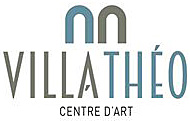 places that bear witness to the passage of these artists or cultural sites - but also thanks to the many pictorial works that have immortalized and idealized these marvelous landscapes.For its intrinsic qualities and for the historical context in which it is inserted, Villa Van Rysselberghe represents a great patrimonial value, which the Ministry of Culture recognized in 2000 with the brand of excellence “Heritage of the 20th century”. places that bear witness to the passage of these artists or cultural sites - but also thanks to the many pictorial works that have immortalized and idealized these marvelous landscapes.For its intrinsic qualities and for the historical context in which it is inserted, Villa Van Rysselberghe represents a great patrimonial value, which the Ministry of Culture recognized in 2000 with the brand of excellence “Heritage of the 20th century”. |
